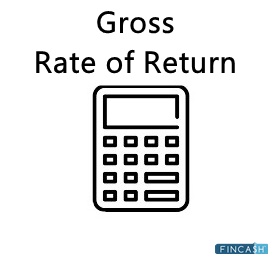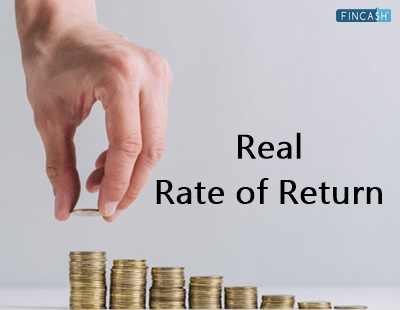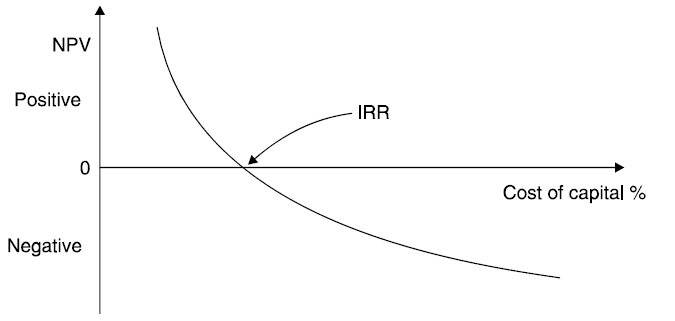
Table of Contents
Accounting Rate of Return
What is the Accounting Rate of Return?
Abbreviated as the Accounting rate of return, ARR is the percentage rate of return that is expected on an asset or an investment in comparison to the initial cost of investment. ARR generally divides the average revenue from the asset that the company initially invested in in getting the return or ratio that the company can expect over a period of time.

This methodology doesn’t take cash flows or money value into consideration, which turns out to be an essential part of regulating business.
Average Rate of Return Formula
Average Rate of Return = Average Annual Profit / Initial Investment
Calculating Rate of Return with ARR Formula
Figure out the annual net profit from the investments, which might include revenue subtracting the annual expenses or costs of implementing the investment or project. In case the investment is in the form of a Fixed Asset like equipment, plant or property, you can minus the Depreciation expense from the annual revenue to get the annual net profit.
Now, divide the annual net profit by the initial cost of the investment or asset. The calculative result will bring you a decimal. You can then multiply the result by 100 to get the percentage return in a whole number.
Example of ARR
Imagine there is a project that has an initial investment value of Rs. 250,000. And, it is expected to generate revenue for the forthcoming five years.
Jotted down below are the details:
- Initial investment: Rs. 250,000
- Expected revenue every year: Rs. 70,000
- Time period: 5 years
- ARR calculation: Rs. 70,000 (annual revenue) / Rs. 250,000 (initial cost)
- ARR = .28 or 28% (.28 * 100)
Talk to our investment specialist
What do you get to know from ARR?
The accounting rate of return is one such Capital budgeting metric that is used for instant evaluation of the profitability aspect of an investment. ARR is basically used as a general comparison between several projects to comprehend the expected return rate from every project.
Furthermore, it can also be used when deciding on an acquisition or an investment. It considers any potential depreciation or annual expense related to the project. When talking about depreciation, it is an accounting process where the cost of a fixed asset is distributed annually during the lifecycle of that asset.
Also, depreciation is a useful accounting convention that enabled companies not to spend the entire cost of a massive purchase in a year. Thus, it helps the firm to earn a profit right from the asset.
All efforts have been made to ensure the information provided here is accurate. However, no guarantees are made regarding correctness of data. Please verify with scheme information document before making any investment.












